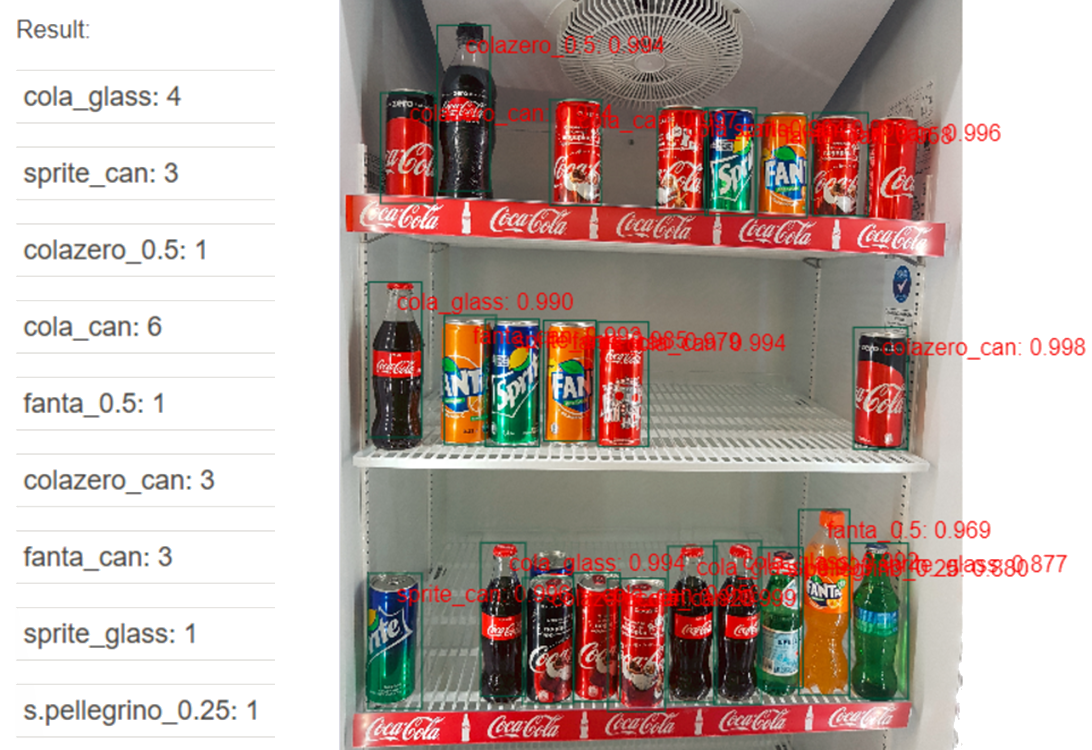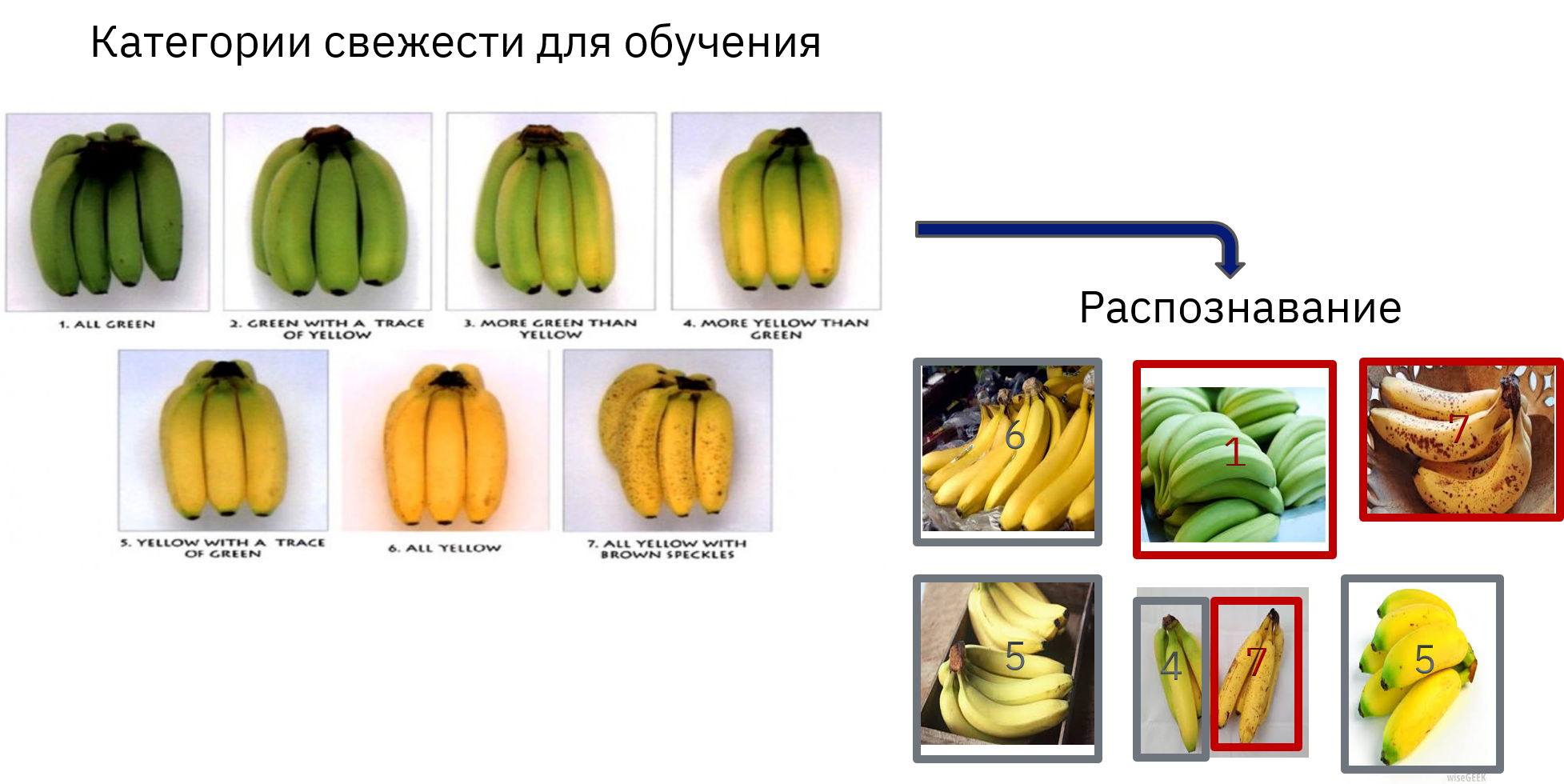Scenarios for the use of video analytics in retail. Following the footsteps of Video Analytics in Retail
The war of retail chains for a buyer - one's own and another's - takes on an increasingly comprehensive scope. The unpretentiousness of the post-Soviet generation is replaced by subtly sensitive millenials, for which price is no longer the only determining factor in choosing a place for “stocking”. The very possibility of choice, generated by competition, made the buyer demanding, in some cases picky and even arrogant. The slightest deception of expectations leads to a decrease in customer loyalty, so today it is better not to do and not to promise, than to promise, but not to do.
In pursuit of leadership, retailers are trying to meet the requirements of a new type of customer. Just oh how difficult it is, when you have 1000 stores, 10,000 employees selling 100,000 unique SKUs work in them. And you are a manager and are responsible for everything at once, well, or for parts of the whole - purchases, sales, pricing, replenishment, security, and every year you need to increase operational efficiency, show an increase in capitalization, comply with the whims of the legislative branch and capture all new regions / cities / areas. And the main thing is to measure, analyze, change and control everything. At the same time, every morning the idea grows in you that people only work when you are no further than 10 meters from them. And it is no coincidence, because they are doing the same thing as you - they maximize profits (ZP) and minimize losses (energy and time expended). So it turns out that the price tags are wrong, the shelves are empty, the shelves are to hell, in the store there are transport trolleys in the aisles, from 5 cash desks - there is one working to which there is a queue of dissatisfied customers and the only cashier is not in a hurry and is in a hurry to fix the situation, while leading frankly speaking, it’s not friendly. But you have two arms, two legs and a pair of eyes - and you don’t have enough for all of them, stand next to each other, tell everyone what and how to do and control. Or?... stand nearby, tell everyone what and how to do and control. Or?... stand nearby, tell everyone what and how to do and control. Or?...
This is where innovative IT technologies come to the rescue - in this case, video analytics. Today, following the IBM report that was presented at the conference “Video analytics in Retail: lessons from experience”, I will talk about some scenarios for using video analytics in retail. The company managed to create a product that combines the power of neural networks with the User Friendly interface, which received the gold 2018 Spark: Experience Award.
Scenario №1 We control the correctness of the calculation
The pursuit of profitability per linear meter of the trading shelf makes retailers think about such delicate matters as the optimal display of goods. Optimal, both in terms of the number of SKUs per unit area, the calculation volume of one SKU, and the optimal location of SKUs relative to each other. To determine the optimal parameters, BigData and Machine Learning technologies are actively used, which, by the way, is the topic of a whole separate article. However, after calculating the next model of optimal display, it is necessary to ensure its broadcast to a chain of stores and control of correctness. Classical control through supervisors has great latency, selective coverage and a high error rate. Video analytics technologies allow you to control the change in the layout scheme in real time with high accuracy and in all stores at the same time.

Image No. 1: recognition of the correctness of the calculations in refrigerators. In addition, integration with the door opening sensor was performed - control is performed after opening and closing.
Scenario 2: Availability and leftover shelf
The absence of goods on the shelf is one of the consequences of violations of one of the many internal business processes of the store, leading to direct losses. The product may be absent for various reasons: did not have time or forgot to put it out, the product is not in the store due to a malfunction in the logistics of the last mile, replenishment system or supply chain. Video analytics technologies allow not only to analyze the facts of the absence of one or another SKU, but also provide the response of store personnel and control the level of service for correction.
In addition to controlling the lack of goods, it is possible to control the remains of a SKU and provide a response in advance, before the goods end. This scenario also allows for an inventory of product balances on a shelf, however, the accuracy of such an inventory depends on the type of product and shelves, as well as the location of the cameras.
Video No. 1: Recognition of voids on shelves, notification of personnel about the need to replenish goods.
Scenario №3 Price tag availability and correctness
The correct price tag is a mandatory part of the goods sold. The unpleasant consequences are caused not only by the absence of a price tag for the product, but also by its incorrectness (Law on the Protection of Consumer Rights, article 10, paragraph 1, article 14.15 of the Administrative Code of the Russian Federation). Even if the price tag is present and correct, it may be in an inappropriate place, which will make it difficult for the buyer to find it. This is unlikely to please the latter, because depending on the equipment of the store, the buyer will have to spend time looking for a price checker, seek help from staff who may not have the necessary equipment or go to the cashier. I experienced internal irritation many times when I had to look for a price tag for chilled or frozen products in top-loading refrigerators in the stores of my favorite chain. Video analytics allows not only the recognition of all the problematic situations with price tags described above without involvement of supervisors, but also the response of store personnel and the control of the level of service to resolve the problem. Also, the question of the correctness of price tags can be solved by the introduction of ESL technology. This technology has the additional benefits of increasing the flexibility of pricing, however, this is a completely different story.
Scenario №4 Product quality
The fresh zone is one of the anchor for the store and the quality of fresh products takes the lion's share in the perception of the store buyer. Customer satisfaction with the fresh zone depends on both the quality of the products and the correct layout, the absence of rotting vegetables and fruits, of a general order. Even one spoiled apple can cast a shadow over the entire batch on a shelf. Video analytics allows you to monitor the quality of goods on the shelf and instantly detect the appearance of low-quality items - overripe bananas, vegetables with an unacceptable amount of rot, etc.

Image No. 2: Automation of product quality control in shop windows
Scenario 5: Queuing Control
Queues are one of the strongest irritants for the modern buyer. He is weaned and does not like to wait, and if he is ready to do it, he must clearly understand the waiting time. If you systematically underestimate the value of the buyer's time, forcing him to wait in lines and at the same time observe idle cash desks, his loyalty will not last for a long time and in the conditions of fierce competition - sooner or later - he will leave. Video analytics technologies make it possible to take control of the chaos of queuing, ensure the response of staff and control the level of service to eliminate the queue. At the same time, the technology allows you to take into account not only the number of people in the queue, but also the volume of goods for each, which certainly affects the speed of passage of the cash zone. In addition, the technology can provide a predictive analysis of queuing by counting the number of incoming customers,
Video No. 2: Recognizing the number of people in the queue, recognizing employees and customers by dress code
Scenario №6 Cash zone control
Unfortunately, deception is the ability of living organisms, which natural selection itself endowed with, and man is no exception. According to my professional experience, losses in the cash zone are one third of all losses in the store. Including - 32% of losses are theft by visitors, 20% - theft of personnel, including cashier, another 20% - cashier fraud with conspiracy with buyers, accomplices. Video analytics technologies make it possible to ensure the control of the cash zone — the correct scanning of goods, the control of conformity of the actual and sampled goods (for weighted goods), the control of the laying out of goods from goods carts to a conveyor belt. These control mechanisms are indispensable when it is necessary to provide similar control at self-service checkout counters. But that is not all.
Video No. 3: Recognition of the smuggling of goods past a barcode scanner
Video No. 4: Control of laying out all goods from the trolley at the checkout
Video No. 5: recognition of goods placed in a basket and automatic formation of a shopping list
Scenario №7 Order in the trading floor
In 1982, English scientists Wilson and Kelling put forward "Theory of Broken Windows." It says that the more noticeable is the violation by people of the rules of social behavior, the more such facts become. For example, if broken glass cannot be replaced, soon not a single whole window will remain in the house, and the chances of being robbed will increase exponentially. Order encourages order and vice versa. In addition to the aesthetic component of the order in the store, the practical component is very important - the abandoned product is likely to lose its presentation or completely deteriorate due to violations of storage conditions. Abandoned pallets, transport trolleys or packaging is a violation of customer flows on the trading floor, difficulty in accessing sections of retail shelves and, as a result, a decrease in sales figures. Not to mention customer annoyance, standing in "traffic jams" in the forced walkways. Video analytics technologies make it possible to recognize abandoned goods, blocked walkways, clean the sales area, ensure staff response and control the elimination of these problems.
Video No. 6: Recognition of goods lying on the floor and in other places not intended for this, notification of personnel about the need to put in place or remove goods
Video analytics technology is all the more attractive because it allows you to use the existing video surveillance infrastructure of the store. The increase in the number of cameras can be done as necessary to cover the "dead zones", which during the design turned out to be "not interesting" to the internal security service. In addition, existing robotics technologies allow the use of robots with video cameras, which not only serve as consultants, but also monitor the store’s space.
However, powerful technological tools are only half the success. Technologies should be seamlessly integrated with existing information systems in the company and integrated into the store’s business processes with their adaptation to new technical capabilities. It is equally important to conduct the proper training of personnel, not only professional, but also moral and ethical, as in their struggle to optimize their personal profit, any instrument of control is perceived as an encroachment on their daily working life. The implementation of innovative technologies should be carried out by companies that are aware of the complexity of the task and have relevant successful experience.
